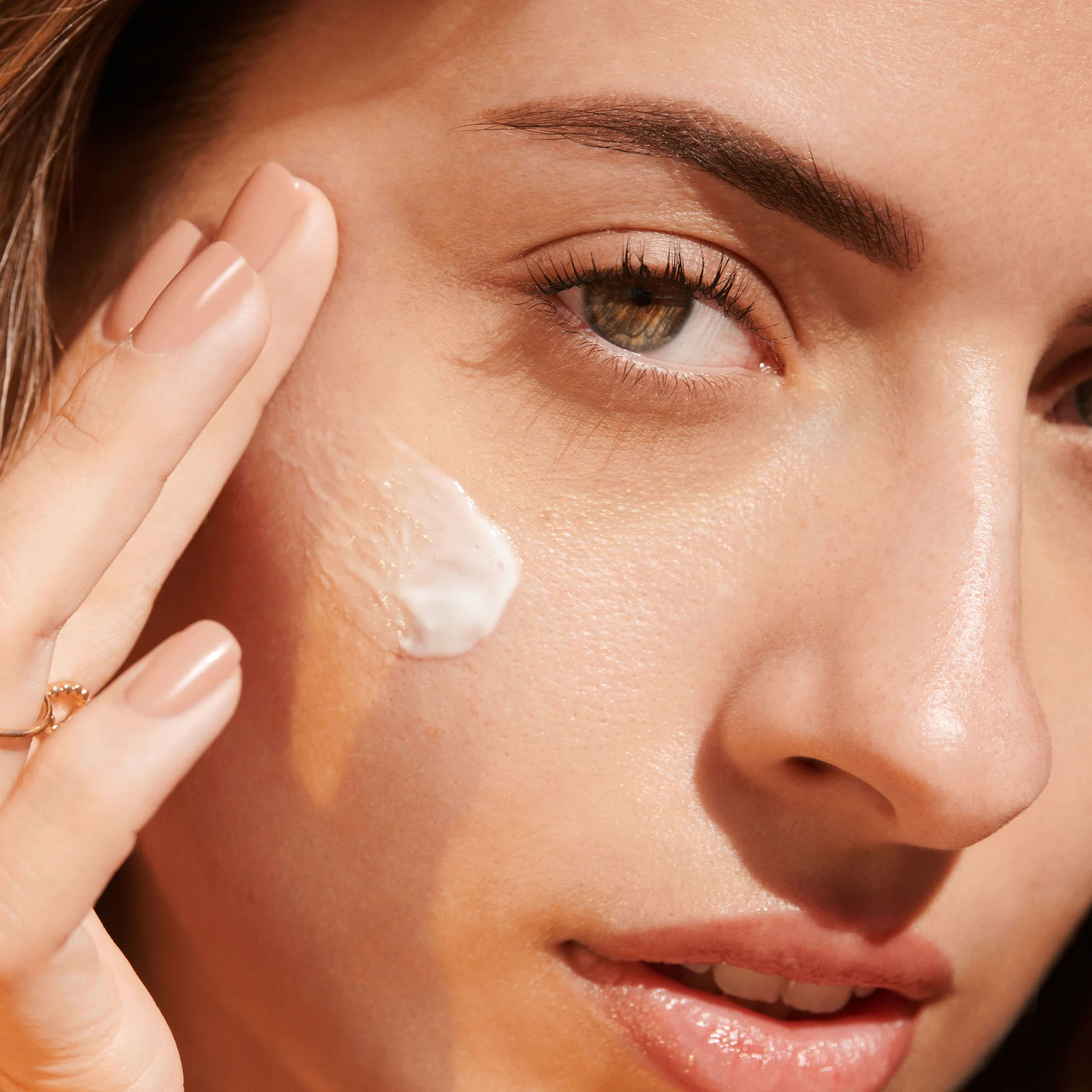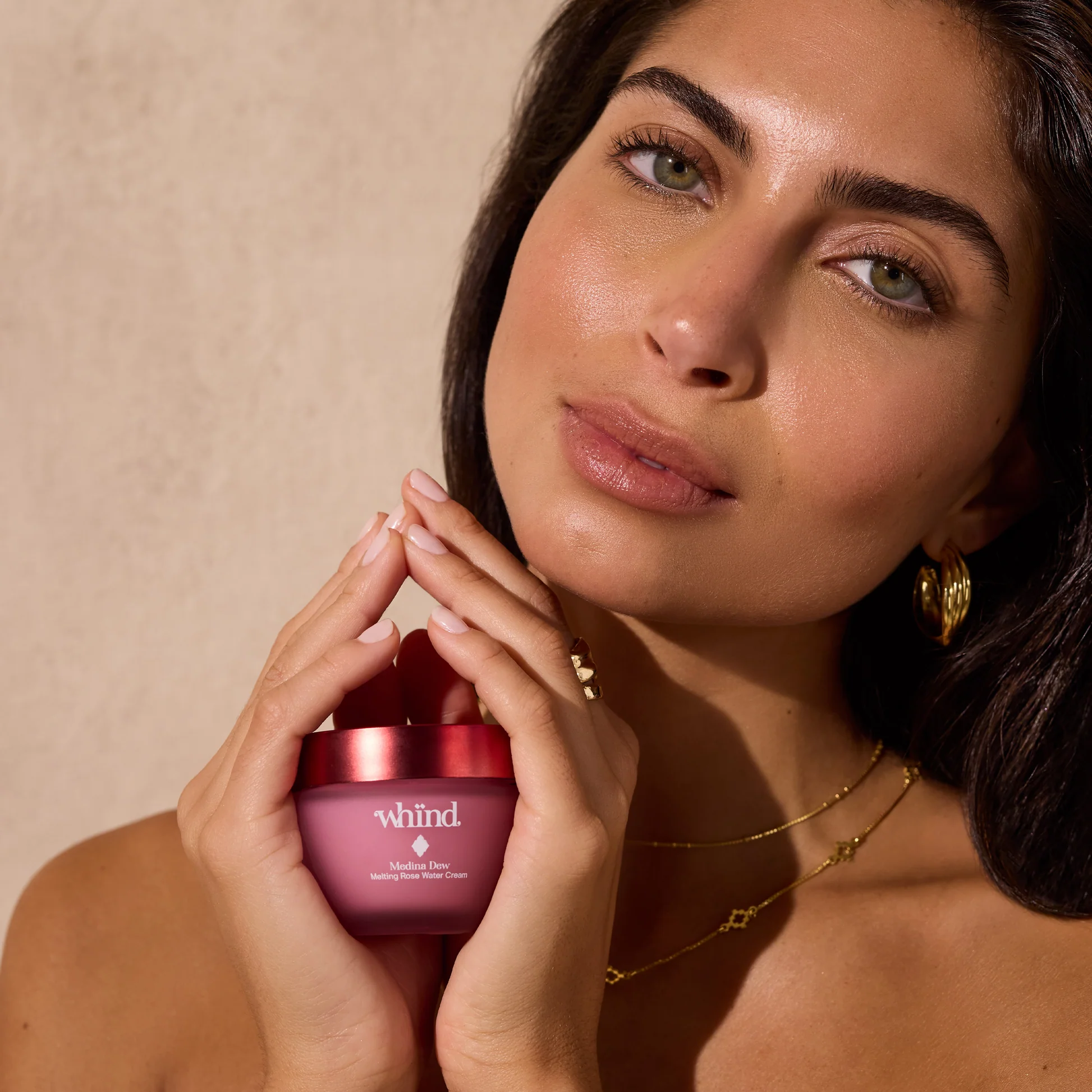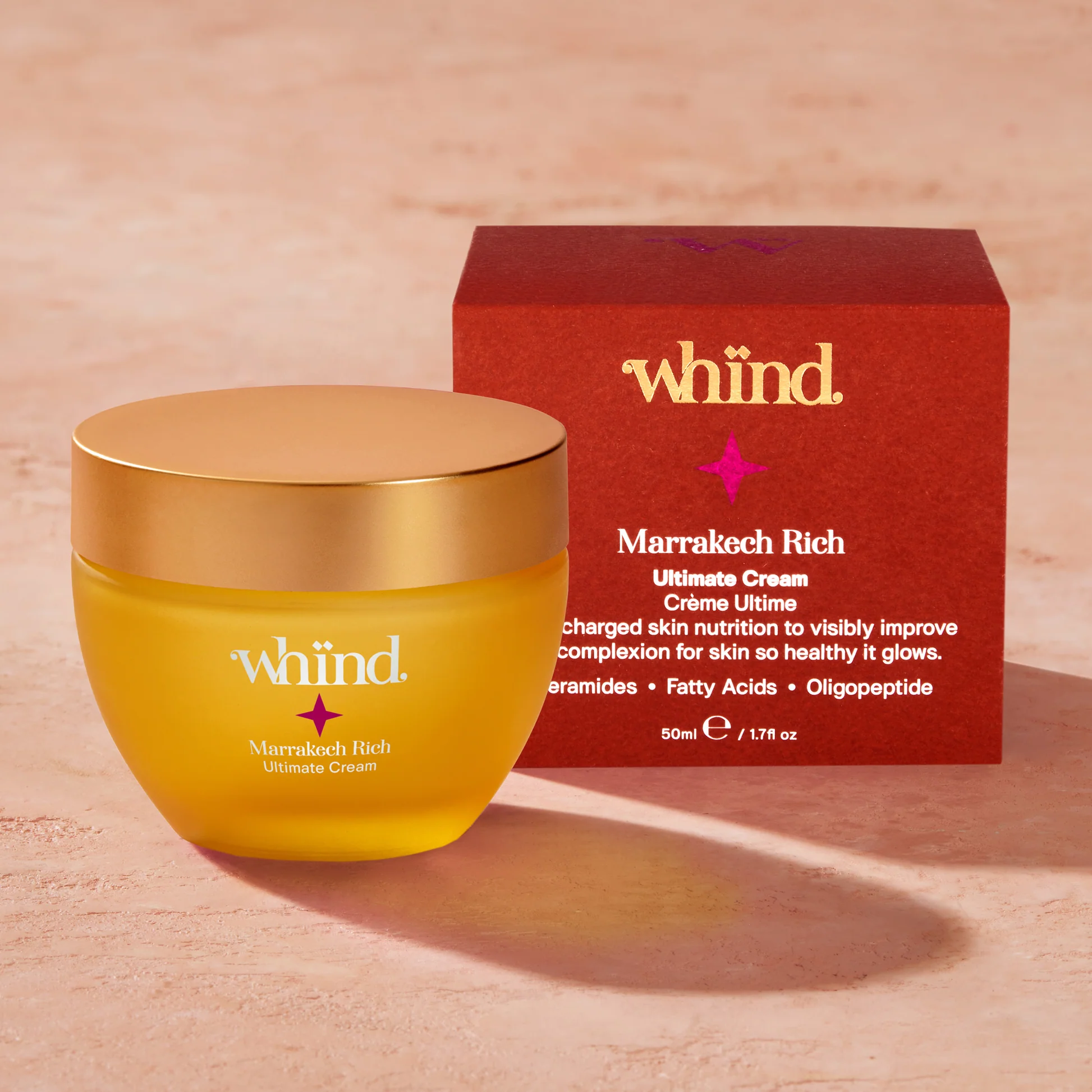Why Moisturizing Matters
Healthy skin requires proper hydration. Moisturizing face cream plays a crucial role in maintaining skin health and appearance. It helps lock in moisture, preventing dryness and flakiness. Additionally, moisturizers create a protective barrier against environmental stressors. This barrier shields the skin from pollutants, dust, and harsh weather conditions. Regular use of moisturizer can improve skin texture and tone. It also helps minimize the appearance of fine lines and wrinkles. Furthermore, well-hydrated skin appears plumper and more youthful.
Moisturizing face cream often contain ingredients that nourish and repair the skin. These ingredients may include vitamins, antioxidants, and natural extracts. By providing essential nutrients, moisturizers support the skin’s natural renewal process. They also help maintain the skin’s pH balance, which is crucial for overall skin health. Moreover, moisturizing can alleviate skin conditions like eczema and psoriasis. It soothes irritated skin and reduces inflammation. Lastly, proper hydration enhances the skin’s ability to absorb other skincare products. This allows for better penetration of serums and treatments, maximizing their effectiveness.

Choosing the Right Moisturizer
Selecting the perfect moisturizer requires understanding your skin type. Different skin types have unique needs and respond differently to various formulations. For oily skin, look for lightweight, oil-free, or gel-based moisturizers. These products hydrate without clogging pores or adding excess oil. Dry skin benefits from richer, cream-based formulas with ingredients like hyaluronic acid or glycerin. These help attract and retain moisture in the skin. Combination skin often requires a balanced approach. Consider using different products for different areas of the face.
Alternatively, opt for a medium-weight moisturizer that addresses both dry and oily areas. Sensitive skin needs gentle, fragrance-free formulas with soothing ingredients like aloe vera or chamomile. Always patch test new products to avoid potential irritation. For acne-prone skin, choose non-comedogenic moisturizers that won’t clog pores. Look for ingredients like salicylic acid or niacinamide, which can help manage breakouts. Age is another factor to consider when choosing a moisturizer. Mature skin often benefits from products with anti-aging ingredients like retinol or peptides. These help address fine lines, wrinkles, and loss of elasticity.
Key Ingredients to Look For
Effective moisturizers contain a combination of hydrating and nourishing ingredients. Hyaluronic acid stands out as a powerful humectant. It can hold up to 1000 times its weight in water, providing intense hydration. Glycerin is another common humectant that attracts moisture to the skin. Ceramides play a crucial role in maintaining the skin barrier. They help prevent moisture loss and protect against environmental damage. Antioxidants like vitamins C and E fight free radicals and brighten the complexion.
Niacinamide, or vitamin B3, helps improve skin texture and reduce the appearance of pores. Natural oils such as jojoba, argan, or rosehip provide nourishment and fatty acids. These oils mimic the skin’s natural sebum, making them easily absorbed. Peptides stimulate collagen production, improving skin firmness and elasticity. Aloe vera soothes and calms irritated skin while providing light hydration. For sun protection, look for moisturizers with added SPF. This helps shield the skin from harmful UV rays that can cause premature aging and damage.

Application Techniques for Maximum Benefits
Proper application ensures the moisturizer’s effectiveness. Start with clean, slightly damp skin to lock in extra hydration. Use gentle, upward motions to apply the product. This technique helps stimulate blood flow and promote lymphatic drainage. Don’t forget often-neglected areas like the neck and décolletage. These regions also need hydration and care to prevent signs of aging. For the eye area, use a separate eye cream or apply moisturizer gently with your ring finger.
This finger exerts the least pressure, preventing damage to the delicate skin around the eyes. Consider using a facial massage technique during application. This can help improve product absorption and boost circulation. Allow the moisturizer to fully absorb before applying makeup or other products. This ensures maximum effectiveness and prevents pilling. For dryer skin types, consider applying a facial oil before the moisturizer. This creates an extra barrier to lock in hydration. Adjust the amount of product based on your skin’s needs and the season. Typically, more moisturizer is needed in colder, dryer months.
Morning vs. Night Moisturizing Routines
Tailoring moisturizing face cream routines for different times of day optimizes skin health. Morning routines focus on protection and preparation for the day ahead. Choose a lightweight moisturizer that absorbs quickly and works well under makeup. Look for formulas with added SPF to simplify your routine and ensure sun protection. Antioxidant-rich moisturizers combat free radicals generated by daily environmental exposure.
Consider products with vitamin C for an added brightening effect. Night routines, on the other hand, focus on repair and regeneration. Opt for richer formulas that provide intense hydration overnight. Night creams often contain higher concentrations of active ingredients like retinol or peptides. These ingredients work best at night when the skin naturally regenerates. Some people benefit from using different moisturizers for day and night. This approach allows for targeted treatment of specific skin concerns. Remember to adjust your routine seasonally. Heavier creams may be necessary in winter, while lighter formulas work better in summer.

Addressing Specific Skin Concerns
Moisturizers can target various skin issues beyond basic hydration. For acne-prone skin, look for oil-free moisturizers with salicylic acid or benzoyl peroxide. These ingredients help control breakouts while maintaining hydration. Those dealing with redness or rosacea benefit from moisturizers with calming ingredients. Green tea extract, chamomile, and allantoin can soothe irritated skin. Hyperpigmentation responds well to moisturizers containing kojic acid or vitamin C. These ingredients help even out skin tone and fade dark spots.
For mature skin, seek moisturizers with retinol or bakuchiol to address fine lines and wrinkles. Peptides and growth factors also support collagen production, improving skin elasticity. Extremely dry or dehydrated skin may require moisturizers with occlusives like petrolatum. These create a barrier that prevents moisture loss. Those with oily skin should opt for oil-free, non-comedogenic formulas. Look for ingredients like niacinamide, which helps regulate sebum production. For sensitive skin, choose fragrance-free, hypoallergenic moisturizers with minimal ingredients. Patch testing is crucial to avoid potential irritation or allergic reactions.
The Role of Diet and Lifestyle
While topical moisturizing face cream are essential, internal factors also affect skin hydration. A balanced diet rich in omega-3 fatty acids supports skin health from within. Foods like salmon, walnuts, and flaxseeds contribute to a healthy skin barrier. Staying hydrated by drinking plenty of water is crucial for maintaining skin moisture. Aim for at least 8 glasses of water daily to support overall hydration. Limiting alcohol and caffeine intake can also improve skin hydration.
These substances can dehydrate the body, affecting skin appearance. Managing stress through relaxation techniques or exercise benefits skin health. Stress can exacerbate skin issues and accelerate aging. Getting adequate sleep allows the skin time to repair and regenerate. Aim for 7-9 hours of quality sleep each night for optimal skin health. Protecting skin from sun damage is crucial for maintaining hydration. Use sunscreen daily and seek shade during peak sun hours. Avoid hot showers and harsh soaps that can strip the skin of natural oils. Instead, opt for lukewarm water and gentle, pH-balanced cleansers. Consider using a humidifier in dry environments to add moisture to the air.
Common Moisturizing Mistakes to Avoid
Several common errors can undermine the effectiveness of moisturizing routines. Over-moisturizing can lead to clogged pores and breakouts. Use only the amount of product your skin needs. Applying moisturizer to dirty skin traps bacteria and impurities. Always cleanse before moisturizing to maximize benefits. Rubbing the skin too vigorously during application can cause irritation. Use gentle patting motions instead to avoid damaging the skin. Neglecting to exfoliate regularly can hinder moisturizer absorption. Dead skin cells create a barrier that prevents proper hydration.
However, over-exfoliating can damage the skin barrier, leading to moisture loss. Find a balance that works for your skin type. Using the wrong moisturizer for your skin type can cause issues. Oily skin doesn’t need heavy creams, while light lotions won’t suffice for dry skin. Forgetting to moisturize the neck and chest areas can lead to premature aging. Extend your skincare routine beyond just the face. Skipping moisturizer because you have oily skin is a common mistake. Even oily skin needs hydration to maintain balance. Lastly, not giving products enough time to work before switching can prevent seeing real results.

The Future of Moisturizing Face Cream Technology
Advancements in skincare technology are revolutionizing moisturizing face cream. Microencapsulation allows for targeted delivery of active ingredients. This technology ensures ingredients reach deeper layers of skin for maximum efficacy. Smart moisturizers that adapt to the skin’s changing needs throughout the day are emerging. These products respond to environmental factors like humidity and temperature. Bioengineered ingredients promise more effective and sustainable skincare solutions. These lab-created components mimic natural substances but with enhanced properties. Personalized moisturizers tailored to individual DNA profiles are becoming available.
These products address specific genetic predispositions to skin concerns. Probiotic and prebiotic moisturizers support the skin’s microbiome for improved health. This approach recognizes the importance of beneficial bacteria on the skin. Nanotechnology enables the creation of ultra-lightweight yet deeply penetrating formulas. These products provide intense hydration without feeling heavy on the skin. Moisturizers with built-in pollution protection are addressing urban skincare needs. They create barriers against environmental toxins and particulate matter. Lastly, sustainable and eco-friendly formulations are gaining popularity. These products prioritize both skin health and environmental consciousness.
Incorporating Moisturizer into a Complete Skincare Routine
A well-rounded skincare routine enhances the benefits of moisturizing. Start with a gentle cleanser to remove dirt, oil, and makeup. This prepares the skin to receive maximum benefits from subsequent products. Follow with a toner to balance the skin’s pH and remove any remaining impurities. Some toners also provide light hydration. Next, apply any treatment serums or essences. These concentrated products target specific skin concerns. Allow serums to fully absorb before moving on to moisturizer. Apply eye cream gently around the orbital area.
This step addresses the unique needs of the delicate eye skin. Follow with your chosen moisturizer, using the appropriate application techniques. For daytime routines, finish with a broad-spectrum sunscreen. This crucial step protects against UV damage and premature aging. At night, consider adding a facial oil after moisturizer for extra nourishment. Adjust your routine seasonally or as your skin’s needs change. Regularly reassess your products to ensure they still meet your skin’s requirements.
